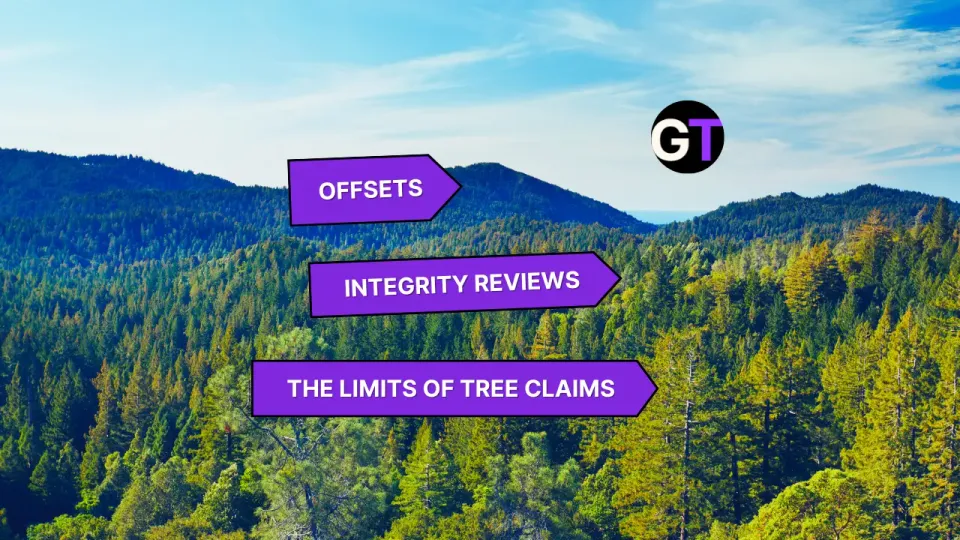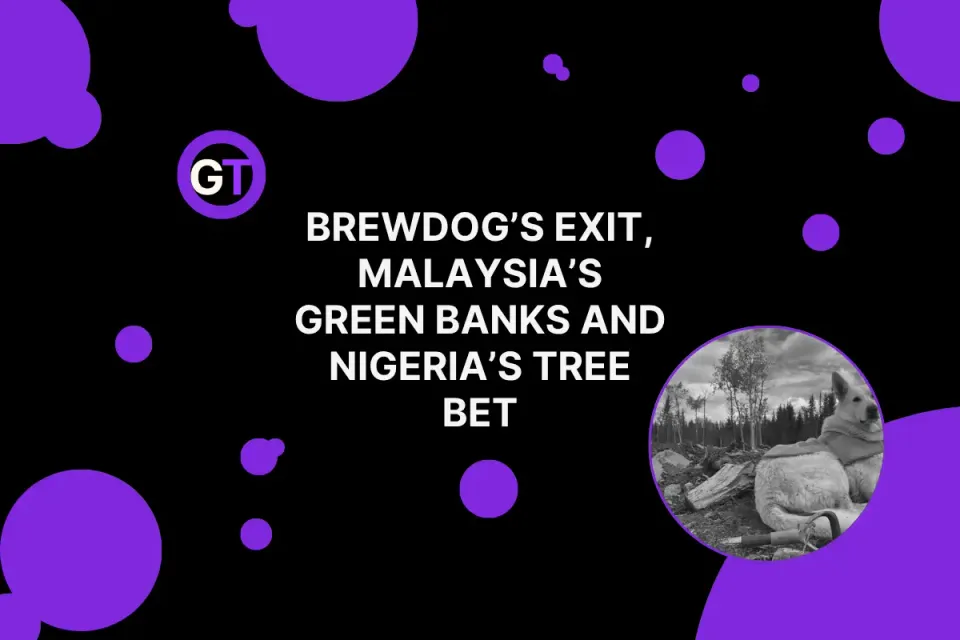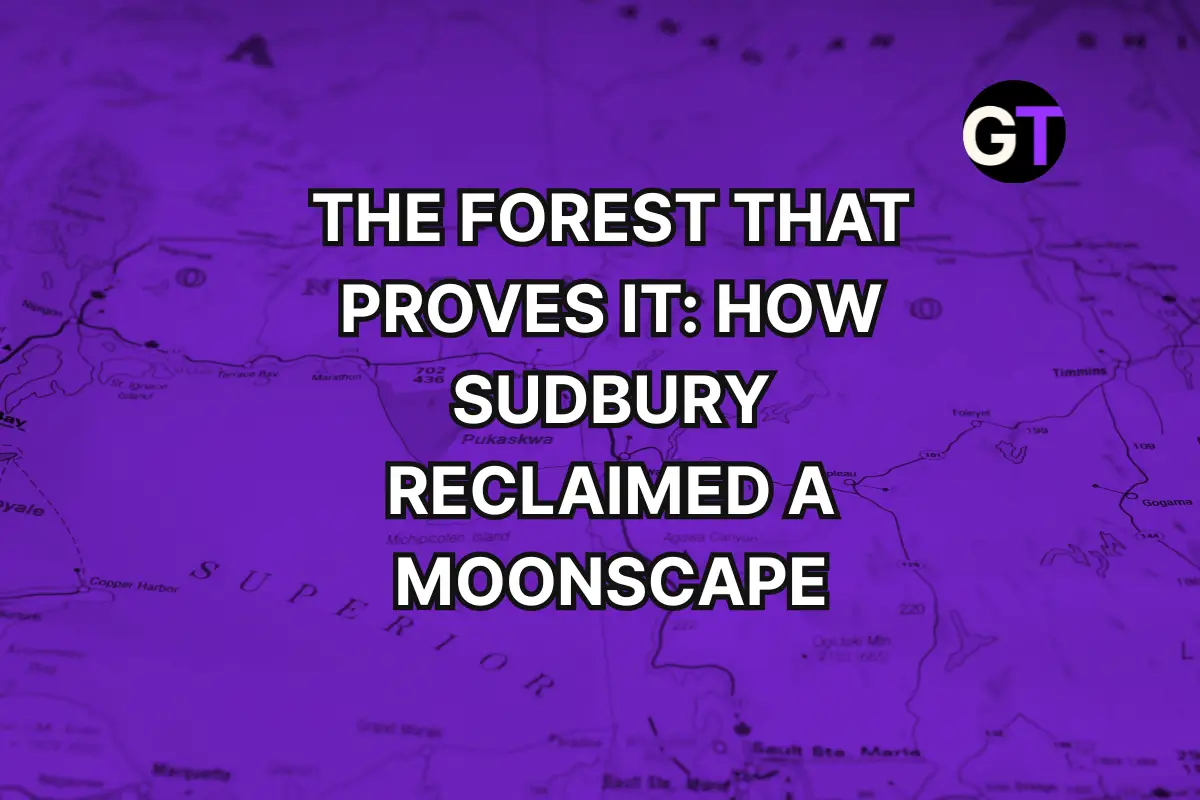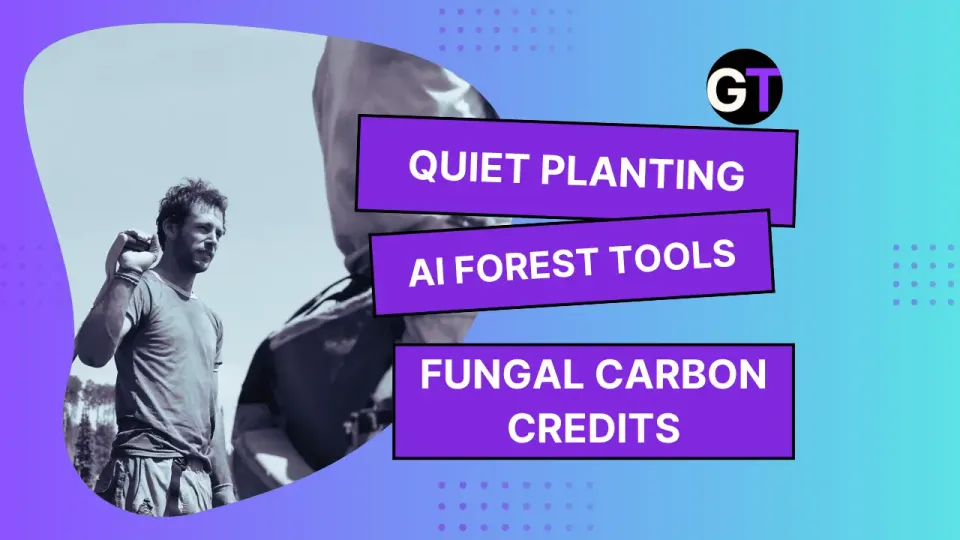Weekly Forest News, April 4
Trump's logging plan sparks debate, FAO boosts forest eLearning, finance flows shift, and Brazil bets on data to restore forests.

Trump’s Logging Orders: Wildfire Risk Fix or Forest Faux Pas?
In a twist no one had on their 2025 bingo card, Donald Trump’s executive orders to expand logging on federal lands may actually have some merit—at least according to forestry experts. While environmental groups are raising red flags, fire-prone forests across the West are suffering from decades of fire suppression, climate stress, and overgrowth. Enter Tom Schultz, Trump’s newly appointed Forest Service chief and a rare bright spot—his background with sustainable logging in Idaho suggests this isn’t just a slash-and-burn free-for-all. The big question: Can increased timber production really align with wildfire prevention, ecological integrity, and economic goals? Maybe. If Trump doesn’t get in his own way.
Can more logging actually lead to healthier forests—or are we just trading fire for fury?
👉👉 Read more in Circle of Blue
Revolutionizing eLearning for Forest Monitoring: FAO’s Global Training Boosts Data Transparency
FAO’s National Forest Inventory (NFI) online course just wrapped a multilingual, cross-continental training blitz—and it’s getting rave reviews. Delivered in English, French, and Spanish, the course equipped 1,390 participants with hands-on skills in forest monitoring and data management, awarding 842 digital badges to those who completed it. The cherry on top? A 99% satisfaction rate. Beyond the badges, participants are planning to apply their knowledge in real-world forest tracking—because what’s better than eLearning that actually sticks?
Can global eLearning really move the needle on forest transparency? FAO’s results say yes.
👉👉 Read more on Linkedin
This Week in Forest Finance – April 3
Funding freezes, carbon auctions, and Smart Forests: the money behind the trees.
From the Amazon to Colorado, forest finance is having a moment—just not always a good one. A U.S. conservation funding freeze is disrupting rhino protection and reforestation across Africa and Asia, while IDB Invest and The Nature Conservancy aim to scale Amazon restoration with a new public-private pact. Meanwhile, GreenTrees’ 500,000-ton carbon credit auction and Canada’s Smart Forest™ launch signal growing interest in monetizing nature. And in wildfire-prone Colorado, $7 million just got greenlit for restoration and risk reduction across 26 counties.
How much green does it take to save the green?
👉👉 Read our weekluy column in Ground Truth
Sumitomo Targets 34M Tons of Blue Carbon Credits in Africa's Largest Mangrove Push
Japanese conglomerate Sumitomo Corporation is diving into the carbon credit game with reforestation projects across Madagascar and Mozambique. The company aims to generate 34 million tons of blue carbon credits over the next few decades, restoring 40,000 hectares of mangroves and creating one of Africa’s largest carbon initiatives. With carbon markets booming and Africa poised to produce 2.4 billion tons of credits annually by 2030, Sumitomo’s bet blends climate ambition with market strategy.
Is blue carbon the next big thing in climate finance—or just the newest frontier for corporate offsets?
👉👉 Read the press release here
Philippines Eyes 10 Million Trees by 2028—But Can It Avoid Another Reforestation Flop?
The Philippine Department of Environment and Natural Resources (DENR) has set a bold new goal: plant 10 million indigenous trees by 2028 through its "Forests for Life" program—double its original target. With top business leaders on board and climate resilience in focus, the initiative aims to sequester up to 6.5 million tons of CO₂. But a look back at the country’s largest reforestation push, the National Greening Program, reveals a cautionary tale—only 12% of its 1.5 million-hectare goal was met, despite nearly ₱47 billion in funding. Experts now warn: success hinges less on scale and more on long-term planning, local readiness, and seedling survival.
How many trees need to survive—not just be planted—for reforestation to actually work?
👉👉 Read more in The Inquirer
Brazil Aims to Restore 12 Million Hectares—Will Data Be the Difference This Time?
Brazil has pledged to restore 12 million hectares of native vegetation by 2030, reaffirming its Paris Agreement goals and embracing a leading role in global biodiversity. But with as much as 135 million hectares of native vegetation already degraded, success hinges on more than political will—it hinges on accurate, up-to-date data. The Brazilian Restoration and Reforestation Observatory has mapped 150,000 hectares so far and is centralizing efforts across biomes, from the Atlantic Forest to the Amazon, while linking local action to global datasets.
Can better data turn reforestation promises into measurable, lasting progress?
👉👉 Read more from the World Economic Forum

Edited by Chris Harris

This work is licensed under a
Creative Commons Attribution 4.0 International License.





